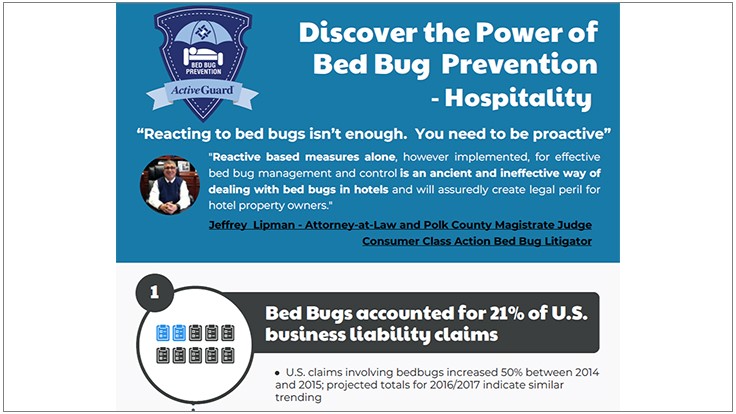Tips For Homeowners To Keep Rodents Out Of Their Attics
Tips For Homeowners To Keep Rodents Out Of Their Attics
Blog Article
Article Created By-Austin Smedegaard
Visualize your attic room as a comfy Airbnb for rodents, with insulation as cosy as hotel pillows and wiring more tempting than space service. Currently, picture these unwanted guests tossing a wild event in your home while you're away. As a property owner, ensuring your attic room is rodent-proof is not almost comfort; it's about protecting your home and liked ones. So, what Suggested Resource site can you take to secure your refuge from these hairy trespassers?
Evaluate for Entrance Details
To start rodent-proofing your attic, evaluate for entry factors. Start by thoroughly analyzing the exterior of your home, seeking any kind of openings that rats could utilize to get to your attic room. Check for spaces around utility lines, vents, and pipes, in addition to any type of cracks or openings in the foundation or house siding. Make certain to pay close attention to areas where various building products fulfill, as these prevail access points for rodents.
In addition, examine the roofing for any type of harmed or missing out on roof shingles, in addition to any kind of spaces around the sides where rodents could squeeze with. Inside the attic room, try to find indicators of existing rodent activity such as droppings, ate cords, or nesting materials. Use a flashlight to extensively examine dark corners and concealed spaces.
Seal Cracks and Gaps
Examine your attic extensively for any splits and spaces that require to be secured to prevent rodents from entering. Rats can press via also the smallest openings, so it's important to seal any possible access factors. Check around pipes, vents, wires, and where the walls fulfill the roof covering. Use a mix of steel wool and caulking to seal off these openings effectively. get redirected here is an excellent deterrent as rats can not eat through it. Guarantee that all spaces are firmly sealed to reject access to unwanted insects.
Don't ignore the significance of securing gaps around windows and doors also. Usage climate removing or door moves to seal these areas efficiently. Inspect the locations where energy lines get in the attic and secure them off utilizing an appropriate sealer. By putting in the time to seal all cracks and spaces in your attic, you develop a barrier that rodents will locate tough to violation. Avoidance is key in rodent-proofing your attic, so be complete in your efforts to seal any kind of prospective entry factors.
Get Rid Of Food Sources
Take aggressive steps to get rid of or save all possible food resources in your attic to hinder rats from infesting the area. Rodents are drawn in to food, so eliminating their food sources is vital in maintaining them out of your attic room.
Here's what you can do:
1. ** Store food firmly **: Avoid leaving any kind of food things in the attic room. Shop all food in closed containers made from steel or durable plastic to stop rats from accessing them.
2. ** Clean up debris **: Remove any piles of particles, such as old newspapers, cardboard boxes, or timber scraps, that rodents can use as nesting material or food resources. Keep the attic clutter-free to make it much less attractive to rats.
3. ** Dispose of garbage correctly **: If you utilize your attic for storage space and have garbage or waste up there, make certain to throw away it consistently and effectively. Rotting trash bin attract rats, so maintain the attic clean and devoid of any kind of natural waste.
Final thought
Finally, remember that an ounce of avoidance deserves an extra pound of cure when it involves rodent-proofing your attic room.
By taking the time to check for entrance factors, seal splits and gaps, and remove food resources, you can maintain unwanted pests at bay.
Remember, 'An ounce of prevention is worth an extra pound of remedy' - Benjamin Franklin.
Stay positive and safeguard your home from rodent invasions.
